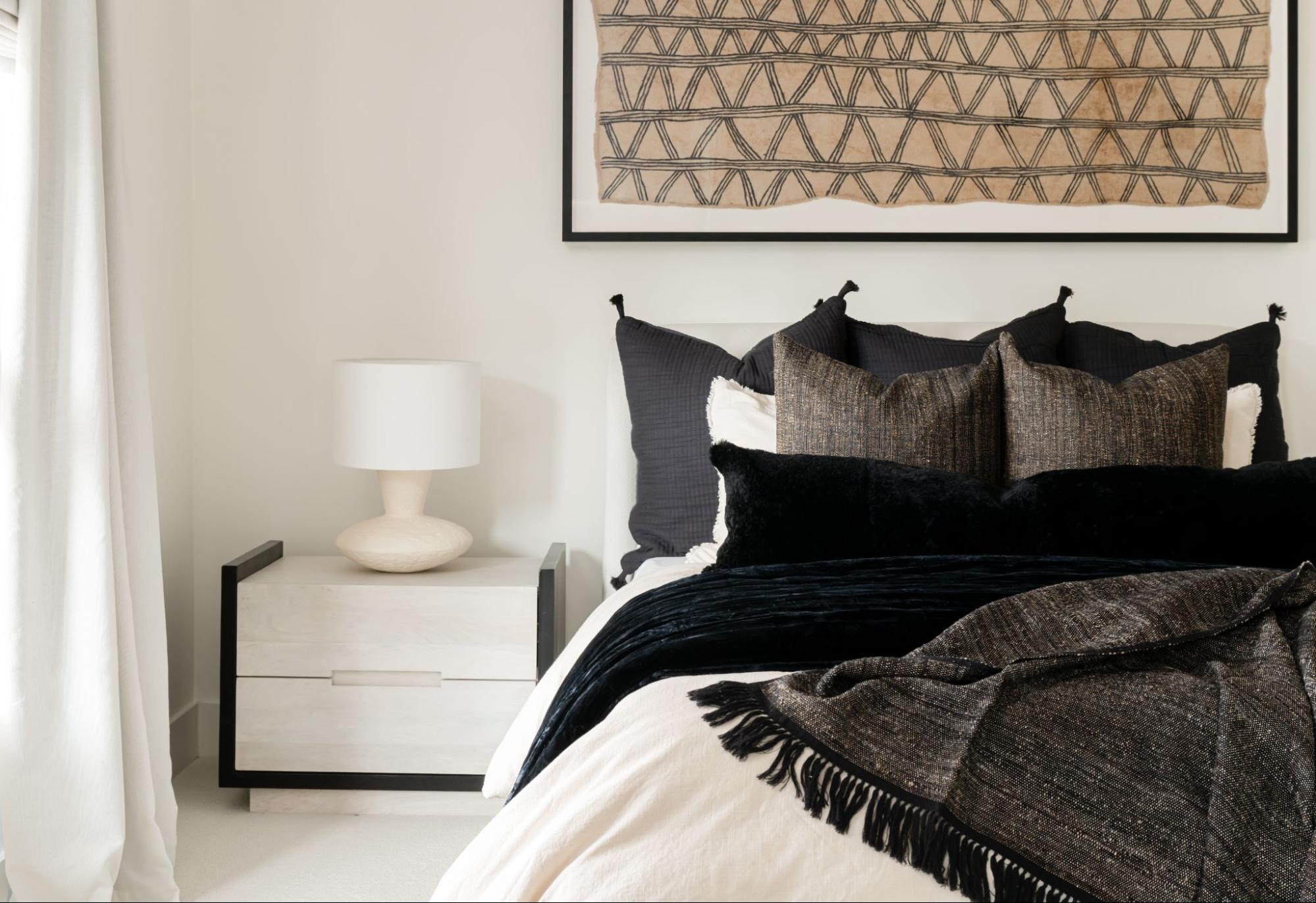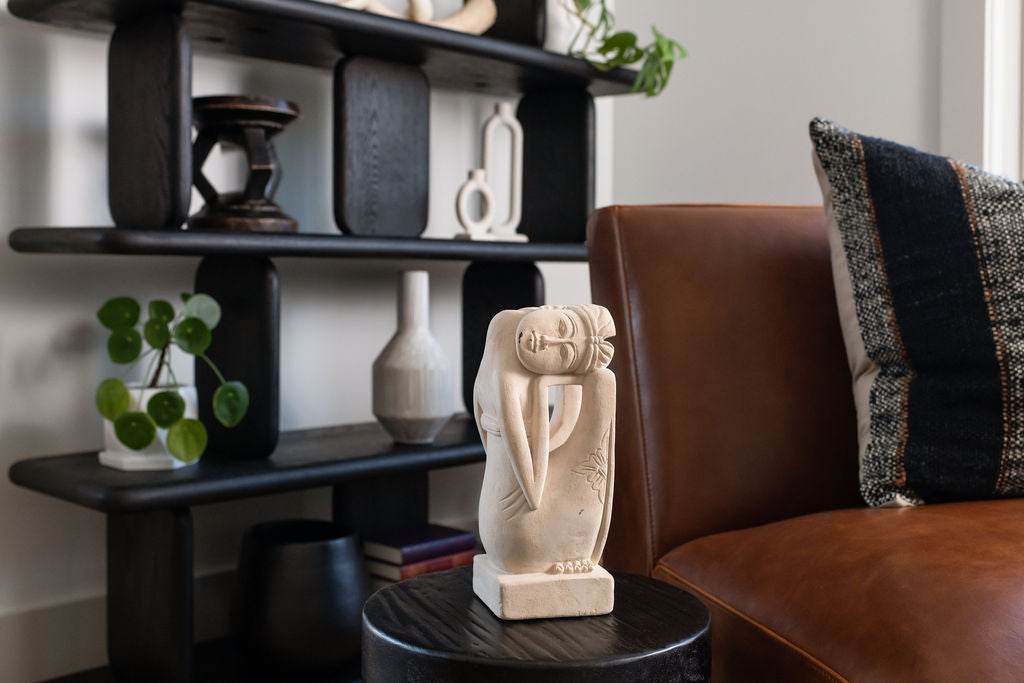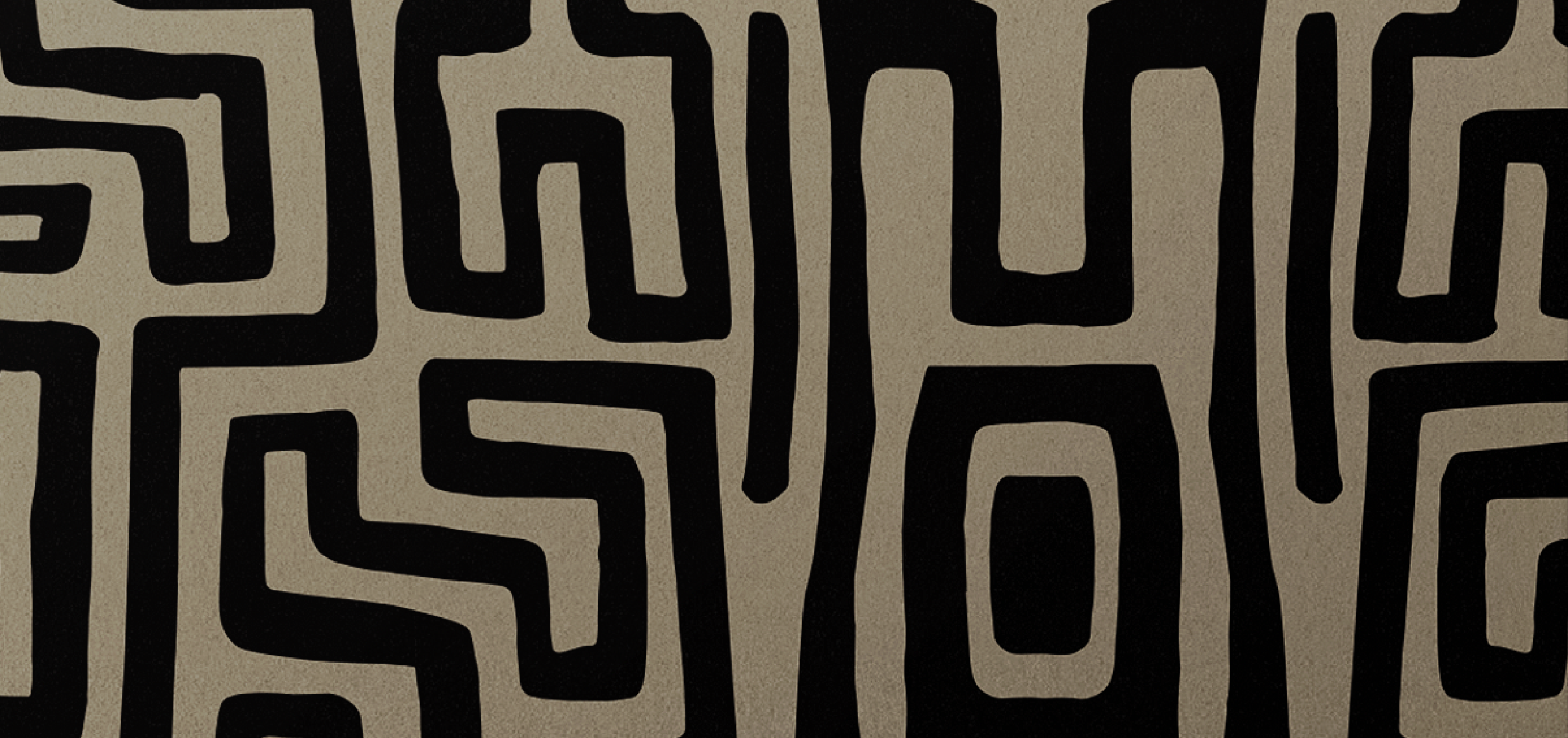 |
There’s something that happens when someone introduces me as a designer.
It sounds complimentary. Polished. Maybe even a little glamorous. But the moment that word is spoken, I feel something shift. Not just in the room—but in me. Because I don’t resonate with the identity that word implies anymore. Yes, I’ve created beautiful homes. Yes, I care deeply about space. But I’m not a designer in the way people expect. I don’t take clients. I don’t accept commissions. What I create now—through Abode—is entirely my own: spaces that I develop, live in, rent, or sell. They’re expressions of my aesthetic and instinct. They’re art, yes—but not made to order. The deeper truth is: I design as a form of personal creative process. It’s sacred, intuitive, nonlinear. And the more public it becomes, the harder it is to protect. What I’ve come to realize is this: being labeled a designer changes the way people interact with me—and even more painfully, the way I interact with my own work. |
When people enter my home and know I “design,” they come in differently.
There’s an edge of awareness, of comparison, of quiet self-consciousness or subtle critique. It’s rarely overt. Often it’s wrapped in compliments. But there’s always something extra in the air. A sense that they’re evaluating. Or explaining themselves. Or quietly bracing against being seen. And the irony? I would love to share my space freely. I want to host. But I’ve learned that when your home becomes the perceived output of your professional identity, people don’t just visit it—they measure it. They analyze. They assume perfection. They silently run comparisons between their own space and yours. And that pressure has a cost. It creates this invisible expectation that I’m supposed to be proving something with every chair, every wall color, every corner. That my space should represent some “standard” of beauty or success. And when I feel that weight in the room, it pulls me out of the relaxed, organic relationship I’ve worked so hard to have with my home and my creativity. The truth is, what I create in my spaces is not for display. It’s not a brand activation. It’s a real, sacred part of my life—how I move through the day, how I process emotion, how I stay connected to beauty and spirit and self. But when I know people are coming over—especially people who know I “design”—it shifts how I make choices. I notice myself asking: Will they get this? Will they like this? And in that moment, my flow breaks. My work becomes a performance, not a practice. It reminds me of a chef I once knew. He got into cooking because he loved the art of it—the transformation, the intuition, the feeling. But once he became a chef-for-hire, something changed. The politics, the pressure, the public performance of it all—it chipped away at his joy. Eventually, he stopped working in restaurants altogether. Now, he only cooks at home. Just for himself. Just for friends. Because that’s where the spark still lives. That’s what I’m protecting. |
"What I’ve come to realize is this: being labeled a designer changes the way people interact with me — and even more painfully, the way I interact with my own work."

I still love creating space. I still design. But only for myself.
And not in a way I want to explain or justify or defend. So when I say, please don’t call me a designer, it’s not about dismissing the work. It’s about creating room for it to stay sacred. Because the more people expect me to perform beauty, the harder it is to create it honestly. These days, when someone asks what I do, I say: “This and that.” Or “I run a real estate company.” Or “I own a dry cleaner,” if I need to cut the conversation short. Because the work I do—the real work—isn’t about presentation. It’s about preservation. Of space. Of soul. Of flow. |
 |
 |
 |





